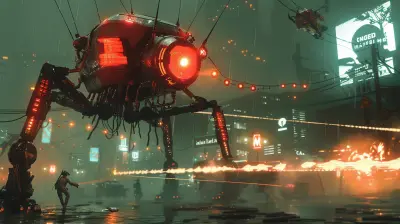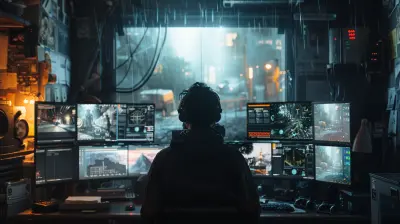How Day-Night Cycles Enhance Realism in Open World Games
4 July 2025
When was the last time you stood on a mountaintop in a game and simply watched the sun set? Or crept through a forest at night, barely able to see what’s ahead, heart pounding with every crunch underfoot? If you’ve played open world games for any decent amount of time, chances are you know exactly what I’m talking about.
That’s the beauty of day-night cycles. They’re not just a cosmetic gimmick—they’re part of what makes modern open world games feel believable, immersive, and alive. In this article, we’re diving deep into how day-night cycles enhance realism in open world games and why players—and developers—can’t get enough of them.
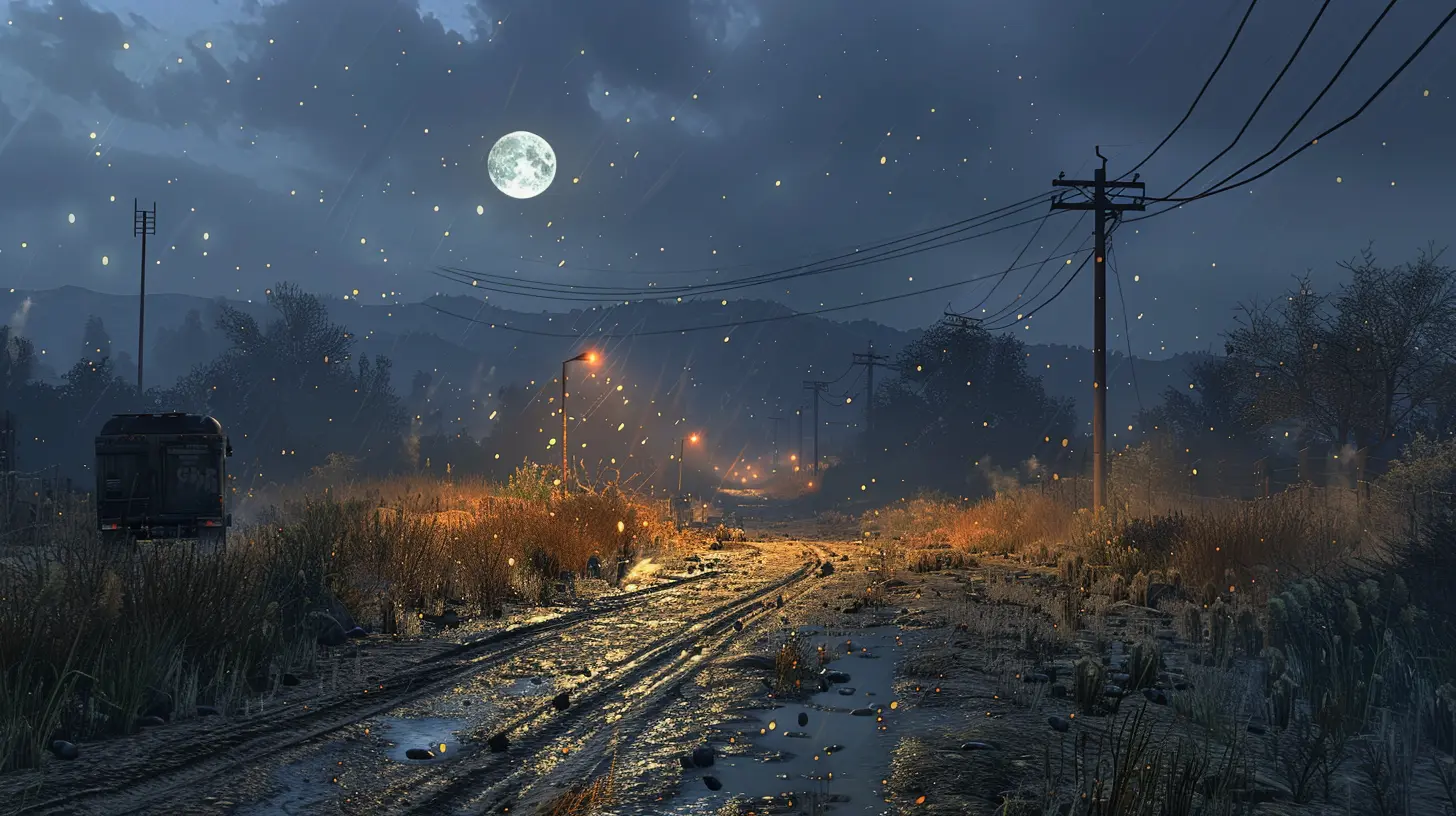
What is a Day-Night Cycle in Games?
Let’s start with the basics. A day-night cycle is a dynamic system in a game that simulates the rising and setting of the sun and moon, changing lighting conditions, shadows, and even gameplay behavior over time.Instead of experiencing a static environment where it’s always high noon, a day-night cycle introduces the passage of time, making the game world feel like it’s actually moving forward—even when you’re just standing still.
Think of it as the gaming equivalent of a heartbeat. It pulses in the background, giving everything rhythm and life.
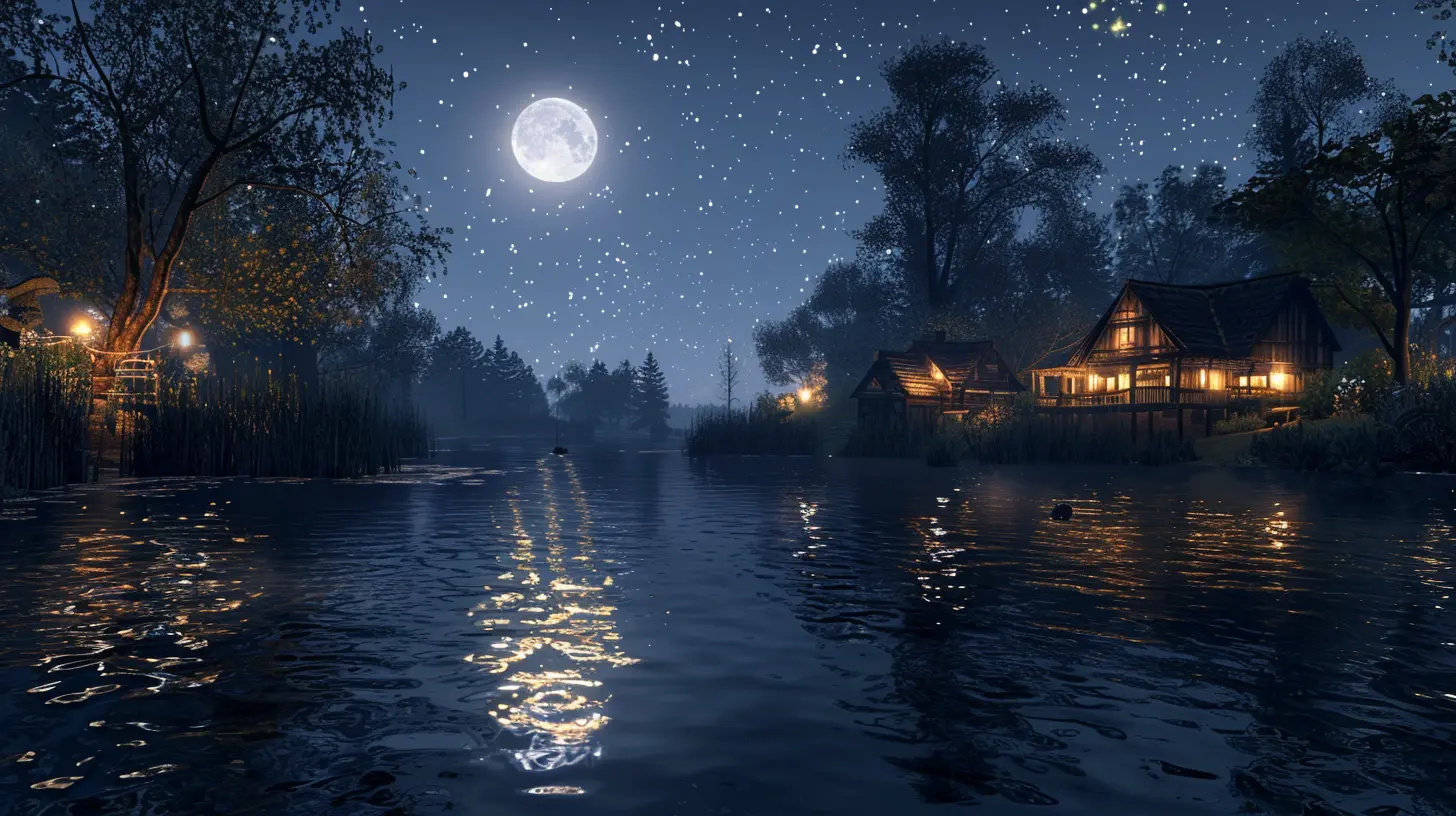
Why Real-Time Matters in Game Worlds
Realism doesn’t always mean photorealistic graphics. Sometimes, it’s just about making players feel like the world could exist. Time is a big part of that. After all, we live by the clock in real life. We wake up in the morning, we watch the sun set, and we definitely know when it’s 2am and we should’ve gone to bed hours ago.When a game mirrors that natural cycle, it tricks your brain into believing just a little bit more that the world you’re exploring has depth. That’s powerful.
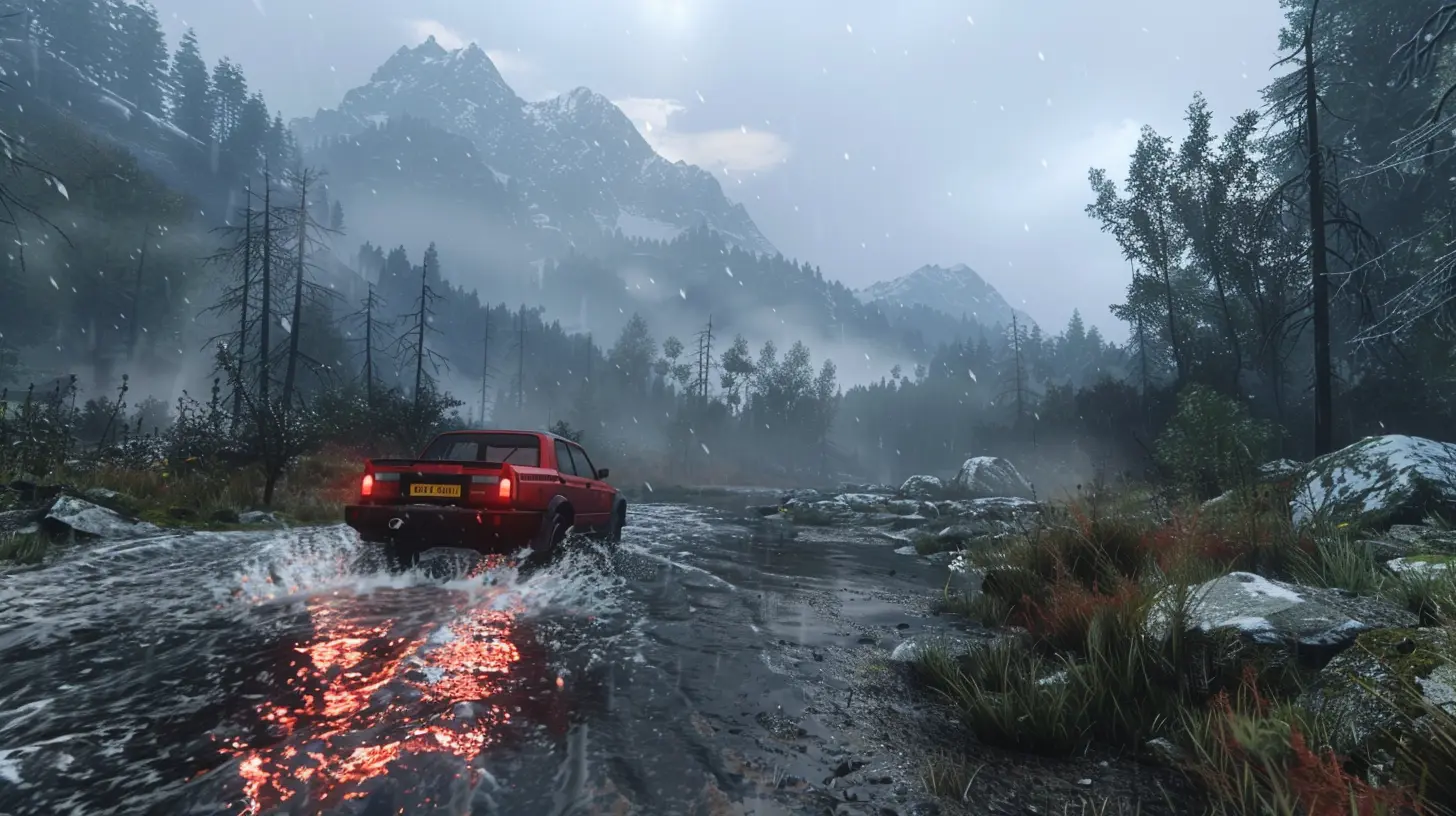
Lighting Changes = Emotional Changes
Let’s talk about lighting. During the day, the sun casts natural, golden hues across the landscape. Shadows stretch and move. At night? Things get moody. Maybe even a little spooky. You suddenly can’t see as far. Glowing torches or neon signs become your only source of light. And that changes how you feel about your surroundings.Games like Red Dead Redemption 2, The Legend of Zelda: Breath of the Wild, and Skyrim all use this to full effect. You might feel free and empowered during the day... and suddenly cautious and quiet at night. That shift in emotion? That’s what makes the world feel real.
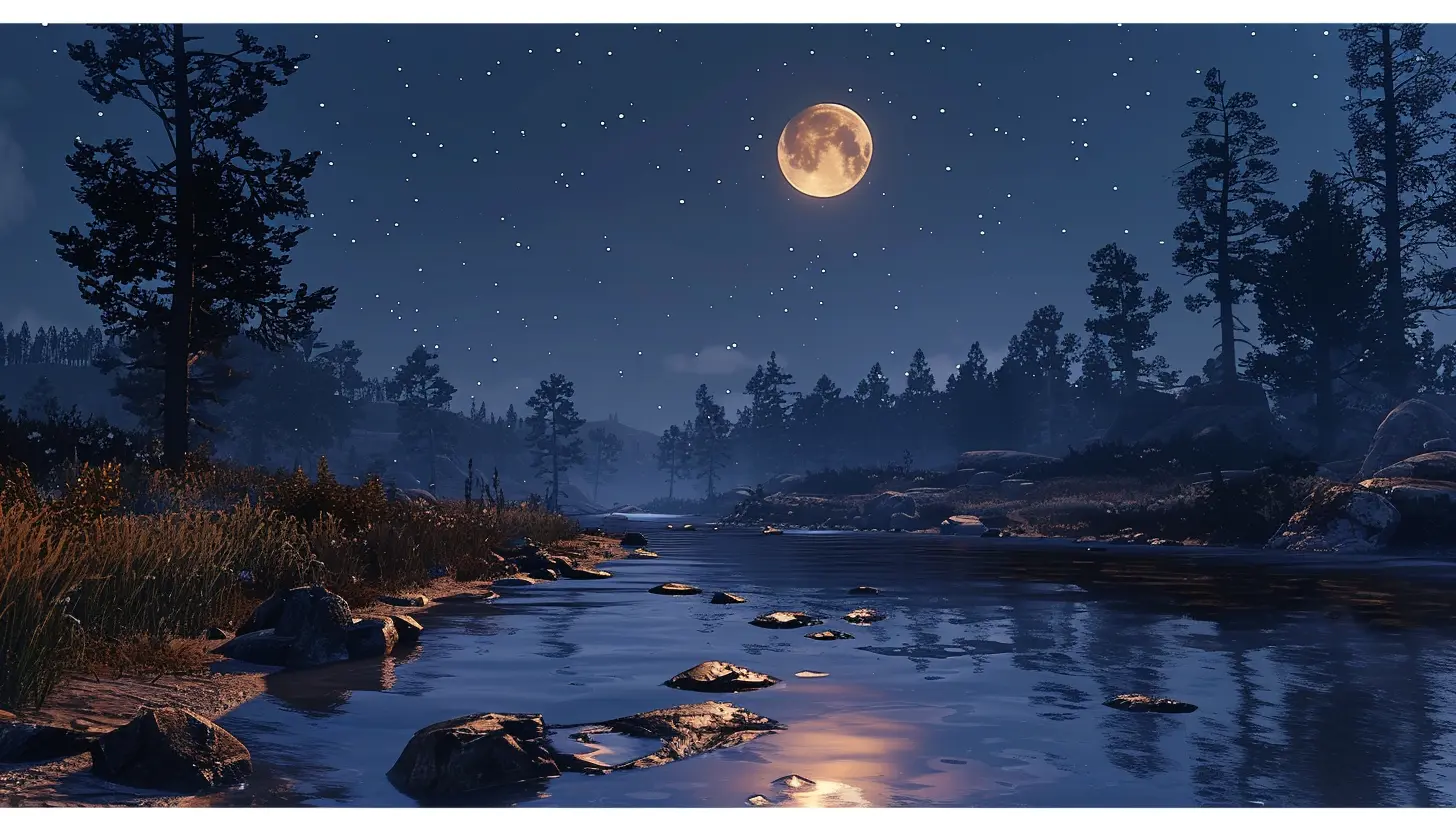
Gameplay That Evolves with Time
Here’s where things get interesting. Day-night cycles aren’t just pretty—they actually impact gameplay.- Stealth Missions: Night offers cover and darkness. Enemies can't spot you as easily, and your footsteps are masked by the quiet ambiance.
- Enemy Behavior: Zombies might emerge only after sundown (looking at you, Dying Light), nocturnal predators could roam the forests, or guards might change shifts at dawn.
- Quests and Events: Some NPCs only show up at night. Others sleep. Shops close. Bars open. The world breathes, reacts, and adapts as time rolls on.
You’re no longer moving through a static playground—you’re navigating a world that has its own schedule.
Immersion Through Predictability and Routine
One surprising benefit of day-night cycles? They create routines. Maybe you always head back to your base before nightfall. Or perhaps you prefer to explore under the stars because it’s quiet and peaceful.This predictability adds structure to gameplay. It helps you plan ahead, make strategic decisions, and feel like you're part of a living, breathing ecosystem.
Games that nail this balance make you feel like your actions matter on a real timetable. It’s not just, “Go here. Kill this. Get loot.” It’s, “Better do that before sunset, or I’m toast.”
Environmental Storytelling Gets a Boost
Let’s not forget the storytelling potential here. A sunset can symbolize the end of a chapter. A sunrise might mark a fresh new start. The way a scene looks at night versus during the day? Totally different mood.Developers use day-night cycles to subtly guide emotion and theme without ever needing a single line of dialogue. It’s environmental storytelling at its finest.
Take Ghost of Tsushima, for example. Watching the sun rise over a battlefield you just cleared? That hits different. It’s the little things that stick with you.
Dynamic Worlds Encourage Exploration
Ever noticed how certain locations look completely different at night? Maybe a city skyline lights up beautifully after dark, or eerie ruins feel even creepier under a full moon.That’s no accident. Day-night cycles encourage you to revisit places, to see them in a new light (literally). You’re more likely to poke around, find secrets you missed, or just admire the changing ambiance. It’s like getting two versions of every location—and who doesn’t love more content?
Realistic NPC Behavior
People don’t stand in the same place 24/7 in real life—and neither should they in games. With a day-night system, you can have NPCs go home to sleep, open up shops in the morning, go for walks in the evening. It makes towns feel alive.Who wants to talk to a blacksmith who never closes shop? That’s just weird. When NPCs have routines tied to the clock, you get a slice of simulated society that feels functional and immersive.
Weather + Time = Atmosphere Magic
Now imagine combining day-night cycles with dynamic weather systems. Rainy mornings, foggy nights, clear sunsets. Every combination creates a new vibe.That mix is the secret sauce behind atmosphere. It’s what makes players stop and take screenshots. What makes a moment feel epic or quiet or terrifying, depending on the conditions.
Developers like Rockstar Games and CD Projekt Red have mastered this formula. And players notice. It’s a detail that adds up to something truly memorable.
Technical Challenges Behind the Scenes
Okay, let’s have a quick nerd moment. Creating day-night systems isn’t as easy as flipping a light switch. Programmers and designers have to consider:- How shadows move dynamically across landscapes
- How textures respond to different lighting
- What audio cues shift with time (owls at night, birds in the morning)
- Whether creatures and NPCs react at the right hour
It’s a lot of moving parts. But when it all works together? Magic.
It Feeds Into Open World Freedom
Open world games are all about freedom. Want to fish in the morning and hunt at night? Go for it. Want to sneak into a fortress under cover of darkness? Absolutely.Day-night cycles don't limit your freedom—they enhance it by giving you more context, more strategy, and more reasons to make choices.
They expand the sandbox, making every hour of in-game time feel like an opportunity for something new.
Examples of Brilliant Day-Night Systems
Let’s nerd out for a second and look at a few titles that absolutely nailed their day-night mechanics:1. Dying Light / Dying Light 2
Day: You're safe enough to parkour around and gather supplies.Night: Good luck. The Volatiles come out to play, and suddenly you're in full survival mode. Night isn’t just darker—it’s terrifying.
2. The Legend of Zelda: Breath of the Wild
The shifting sun highlights different parts of the landscape throughout the day. At night, Stal enemies rise from the ground and surprise you if you're not careful. It’s not just pretty—it’s strategically relevant.3. Red Dead Redemption 2
Possibly one of the most immersive experiences ever. The way shadows lengthen in the evening, the sounds of crickets at dusk, and the entire world slowing down as night falls…it’s pure art.4. Minecraft
Simple, but powerful. You learn fast that night brings monsters. It teaches you to manage time and be prepared. It’s a mechanic that defines the entire gameplay loop.Tips for Game Developers
If you’re on the dev side, here’s a few quick pointers to make your day-night cycle really stand out:- Make the transitions feel natural. No one wants an awkward jump cut from noon to midnight.
- Tie gameplay elements (enemies, quests, events) to different times.
- Play with lighting and sound—we often feel the difference before we see it.
- Give players a reason to explore at different times of day.
- Always think from the player's perspective: what emotion should they feel during this hour?
Closing Thoughts: It’s (Not) Just About the Clock
Day-night cycles might seem like just another fancy visual feature. But they’re so much more than that. They influence how we play, how we feel, and how we connect with the game world.They’re about rhythm, emotion, immersion, and storytelling—all rolled into one. So the next time you pause to watch the moon rise over a digital mountain, remember: you’re witnessing one of the most powerful tools in open world game design.
It’s not just day and night. It’s the soul of time itself, coded into pixels.
all images in this post were generated using AI tools
Category:
Realism In GamesAuthor:

Greyson McVeigh
Discussion
rate this article
1 comments
Grayson Martin
Great article! I’ve always appreciated how day-night cycles add depth to open world games. They really enhance immersion and influence gameplay in subtle ways. It's fascinating to see how developers creatively leverage this feature for a richer experience.
July 26, 2025 at 2:19 PM

Greyson McVeigh
Thank you! I’m glad you enjoyed it. Day-night cycles truly do add a unique layer of immersion and gameplay dynamics!

